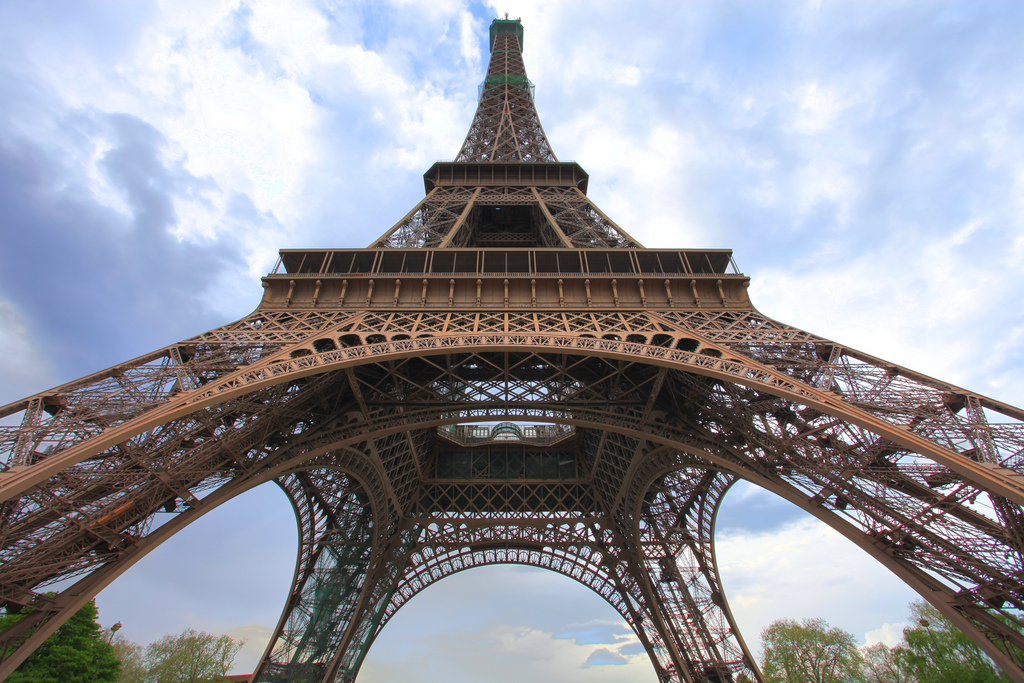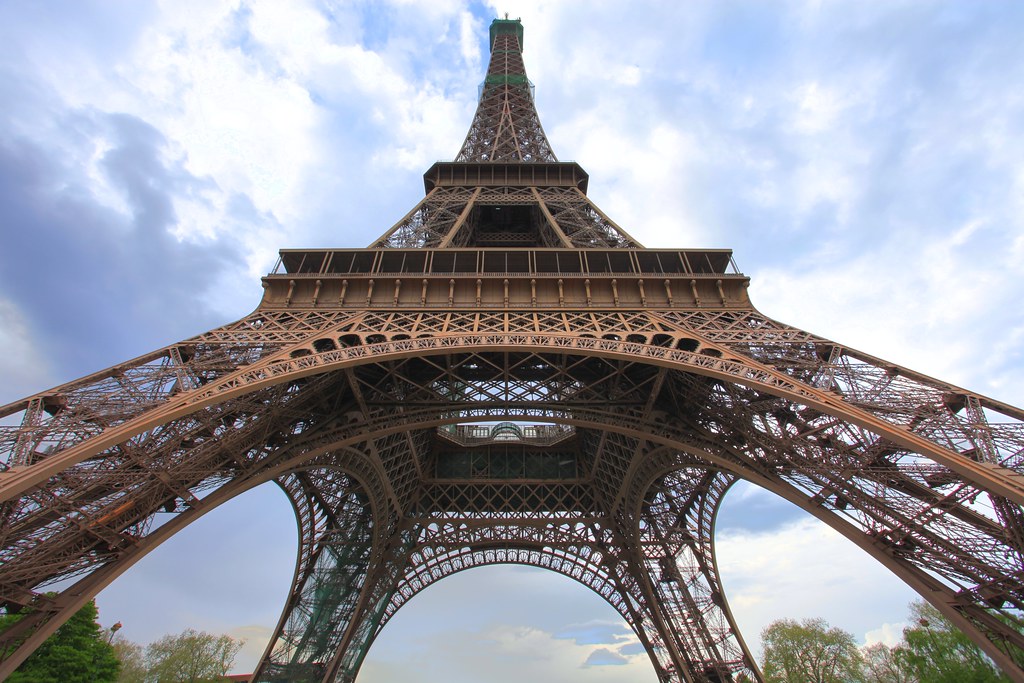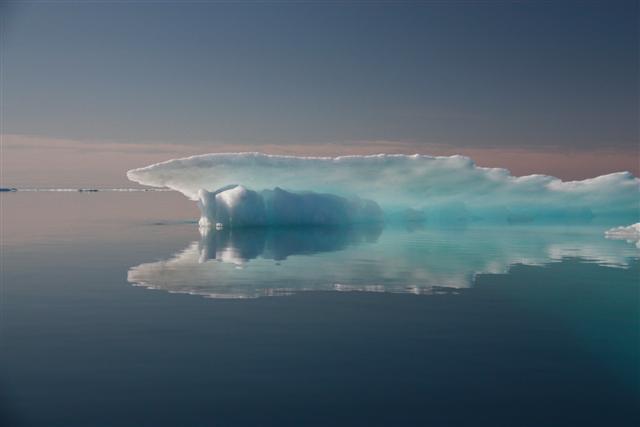This container adds an image as background, but differently from the “Full-width background image” container, it is static. This means that the image doesn’t move while scrolling. Continue reading
Monthly Archives: October 2015
Story Text container
This container is for plain text. Ideally for longer texts, stories. The Text paragraphs appear in one column, the size of the font is bigger and in serif font (Georgia) to allow a more fluent reading. Continue reading
Video Background container
The Video Background container allows you to show a Youtube video in the background. Optional items can be overlaid, like a title, text paragraph and a button, just like with the Hero or Carousel containers. This container is also best to be used as the first element on the page, but this is not mandatory. Continue reading

The Arctic and the future

Paris points to the Arctic. © Anirudh Koul / CC BY NC 2 via flickr
As Shell exited the Alaskan Arctic last month, a number of explanations were offered in the media, from a lack of salvageable oil, to over-regulation, to public pressure. Regardless of the reasons, the misadventure serves as a seven billion dollar reminder that development in the Arctic must be designed well from the beginning. Melting Arctic ice looks like economic opportunity to many, but it’s also an opportunity to get the balance of development and conservation right.
At this week’s Arctic Circle Conference in Reykjavik, Iceland, WWF is bringing that perspective to over 1,000 representatives of government, business, Indigenous peoples and industry. Carter Roberts, CEO of WWF-US, argued that we must start by broadening our definition of economic value beyond resource extraction or shipping routes. The natural value of the Arctic as a whole functioning ecosystem – to Arctic people, to wildlife, and the world – must be at the heart of planning for the region’s future.
This change in thinking is urgent. The Arctic is warming twice as fast as the rest of the world, shipping is increasing, and Shell’s exit from the Arctic is a pause, not a retreat.
Data and technology can pave the way for smart development. Countries like Brazil, Mozambique and Myanmar have created highly detailed and carefully researched maps to help find areas of high natural value before development occurs. The resulting development created jobs while protecting important natural values like aquifers and tiger habitat.
Mapping in the Arctic is only one part of the puzzle, however. The region is changing because of carbon emissions from the south, and its future will be shaped to a large part by economic interest from those in the south.
One of the most important places to the Arctic this year may just be Paris. When the world’s nations meet at COP 21 this December to discuss climate goals, they’ll be deciding on how the Arctic’s future will unfold. A business as usual approach that puts us on track for significant melt in the Arctic and flooding across the globe. Serious carbon emission cuts can help us manage change. The future of the Arctic depends on the world – and the future of the world depends on the Arctic.

A resilient ring around the Arctic
WWF’s Arctic conservation director, Martin Sommerkorn, tells a story of his meeting with a Greenlandic fisherman. The fisherman is increasingly finding a new type of fish more common to warmer waters, for which there’s no name in Greenlandic. But it’s big, and it’s a reliable source of food – he wouldn’t mind catching more of them in the future.
Change is inevitable, particularly in the Arctic, which is warming at twice the rate of the world. Managing change doesn’t mean a return to stasis, but ensuring that the resources that Arctic people and wildlife depend upon persist.
But how do you plan for the future when you don’t know exactly what’s coming? One way is to ensure that you have options – that you preserve as wide a swathe of the Arctic’s biodiversity as possible, in the places most resilient to change, and most valuable to people and wildlife. This could look like a network of marine protected areas (MPAs) spanning the Arctic’s seas. Here at the Arctic Circle conference in Reykjavik, some of the world’s experts on Arctic MPAs are talking about what’s needed to make that a reality.
The traditional model of protected areas, of terrestrial parks with clearly defined boundaries, is unlikely to be sufficient in the Arctic. The most biologically productive areas shift over the year, and over the decades, with the sea ice edge. A shipping route may be vital whale habitat in June, and quiet in January.
MPAs in the Arctic must therefore be flexible, but they must also take into account an updated definition of “value”. Economic value of resources is only one measure. The value of a healthy narwhal population, or opportunities for an Arctic community, or carbon storage, is harder to quantify, but just as important. The MPAs should also have options for sustainable development, and should build the capacity of Arctic people to adapt to change.
It’s a novel model, and the MPA network is only in its infancy today. 11% of the Arctic is protected, but very little of that area is marine.
How do we get to an Arctic ring of resilience? Some of the foundational work is already done. The RACER project, developed by WWF, quickly identifies resilient and valuable places. Now it is up to Arctic nations to begin adding to their section of the ‘ring’, based on RACER results and further research as needed.
The Arctic of the future may look different from the one we’re used to, but new approaches to conservation can ensure it remains a living Arctic.
Faster CMS
Great news! We have applied a change to speed up the CMS by applying SPDY protocol. Read more about SPDY here.
You will have to use browsers like Chrome, Firefox, or IE+11 or Safari +8 in order to feel the benefit. If you use a different browser, or for instance an older version of Internet Explorer, the CMS will be normal HTTPS/SSL, like usual. Continue reading